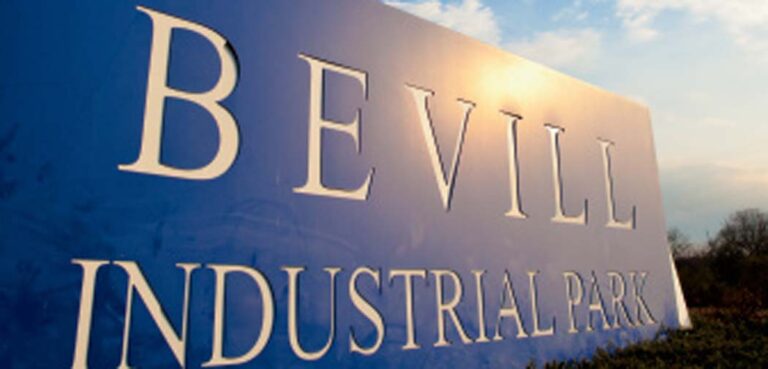Business Advantages in Jasper-Walker County, AL
Advantages are abundant for doing business here

Welcome, I-22. The Interstate 22 corridor that connects Birmingham and Memphis was finally completed in 2016, with Jasper-Walker County enjoying a prominent location on the highly-traveled highway. I-22 will provide even more strong economic growth in Jasper-Walker County, thereby adding to the following advantages that already contribute to success within the local business community:
In This Article
Walker County Development Authority
Walker County Development Authority serves as marketing arm and the primary point of contact for all economic and industrial development activities within Walker County. Authority officials talk to companies looking to locate or expand in the region, and they work closely with the Jasper Industrial Board that develops industrial parks, sites and buildings. The WCDA also coordinates programs and initiatives with state and regional development allies to help move projects forward.
Bevill Industrial Park
In 2005, Bevill Industrial Park consisted only of vast acreage and two empty spec buildings, but today the park is completely full with 15 different companies doing business at the location between I-22 and Highway 78. Companies enjoying success in Bevill include DAPA Products, Fontaine Engineered Products and Nitto Denko. As a result of its full capacity, a 400-acre Jasper Industrial Park has opened to lure more commercial and industrial tenants, and already Yorozu Automotive Alabama is constructing an assembly plant to begin doing business there starting in mid-2017.
Historic Downtown Jasper
The downtown district has seen a significant revitalization in recent years, with improvements to many of the historic buildings thanks in large part to a well-organized Downtown Jasper Business Association. A variety of new restaurants have opened along with locally-owned retail shops, and there is increased after-hours activity to go along with workday traffic. Successful establishments in downtown Jasper include Andrew Posey & Son Hardware, Bernard’s Store for Men, Girlie Things Boutique and The Very Idea.
Major Manufacturing Employers
Manufacturing is still an important economic sector in Jasper-Walker County, with thousands of area residents employed within the industry. Major manufacturing and industrial employers include Alabama Moulding and Cabinet, Alabama Power Co., BAE Systems, Drummond Co., Fontaine Trailer, HTNA, Jasper Lumber, Marigold Works, Nitto Denko and Wilson Machine & Welding.
